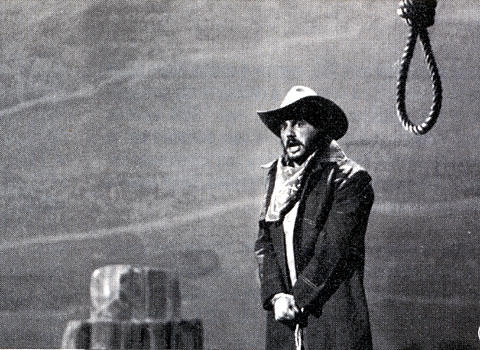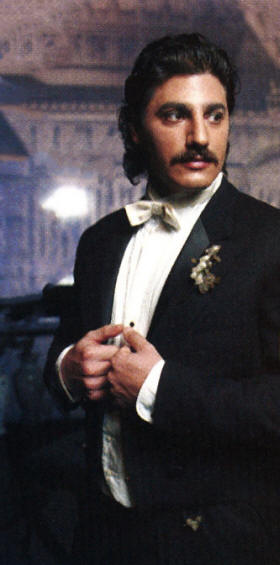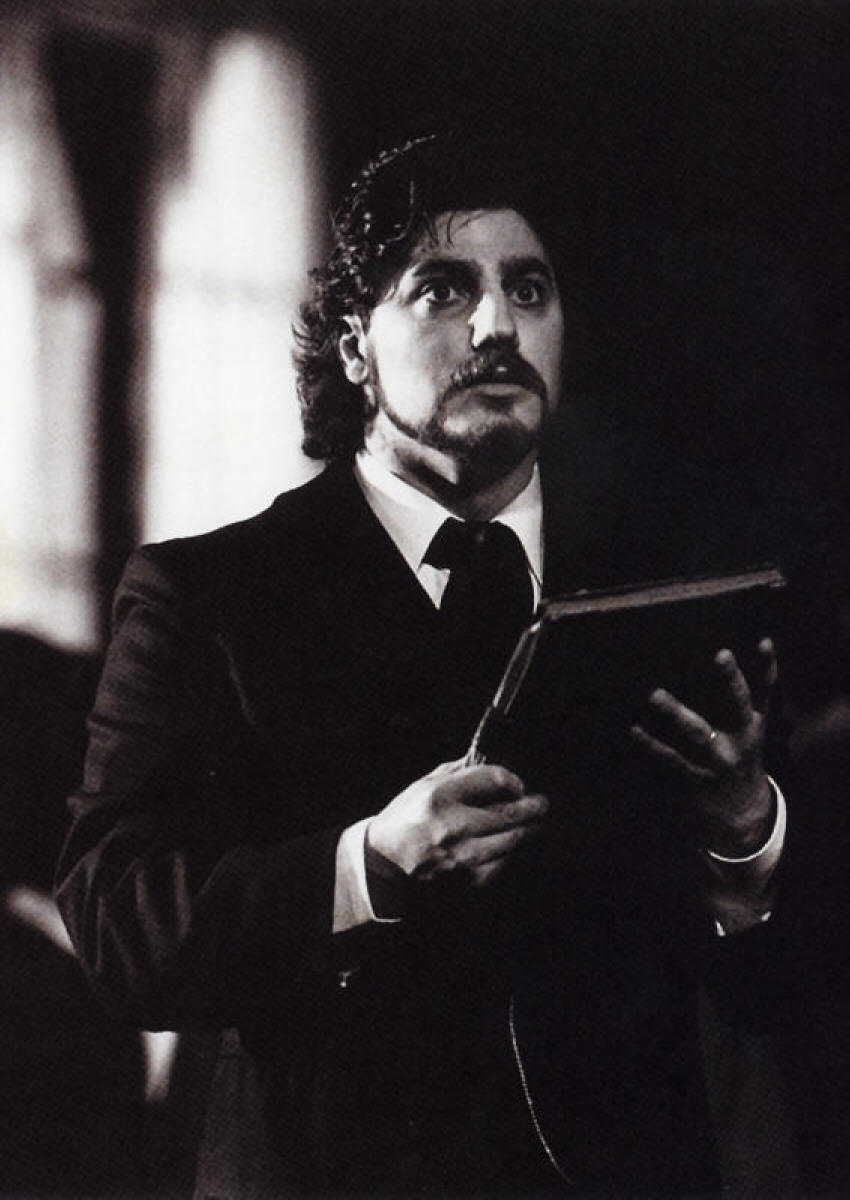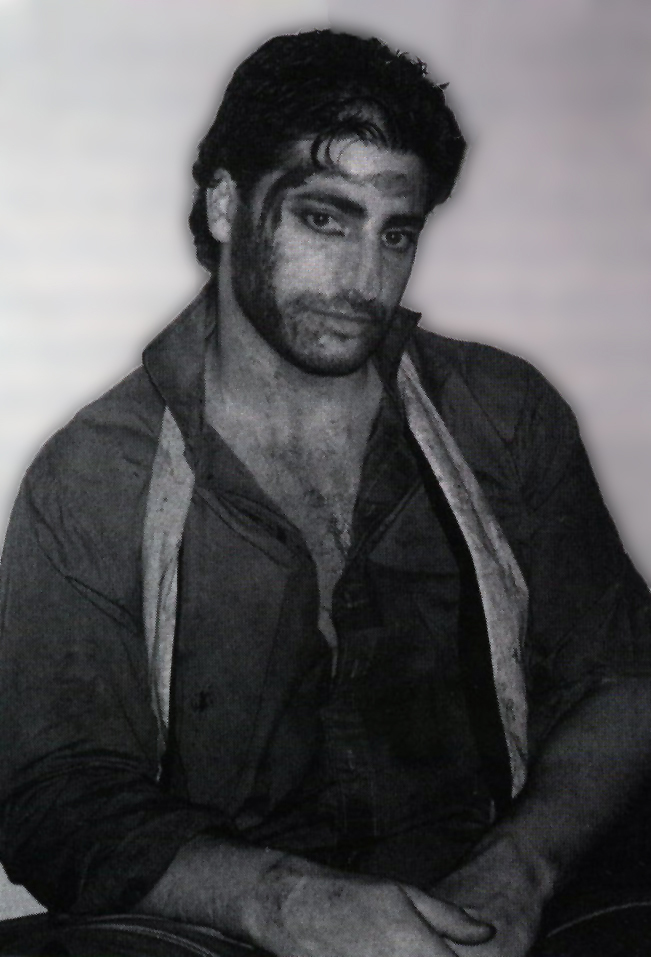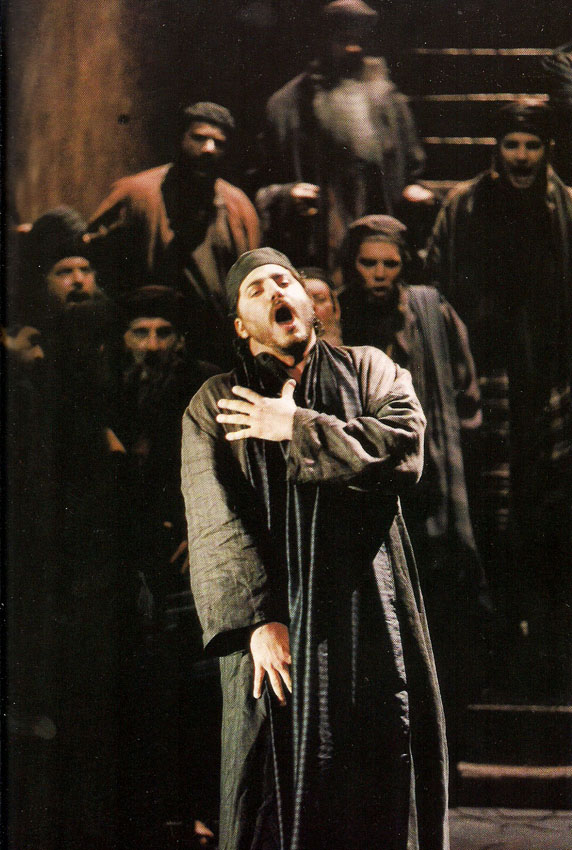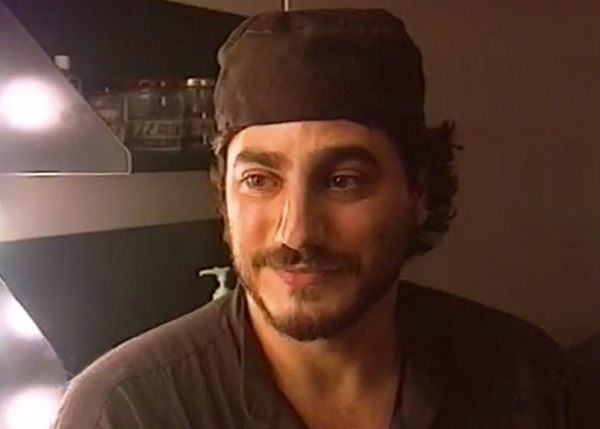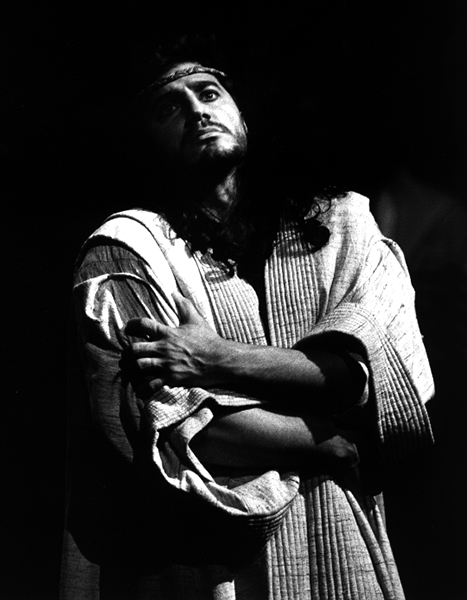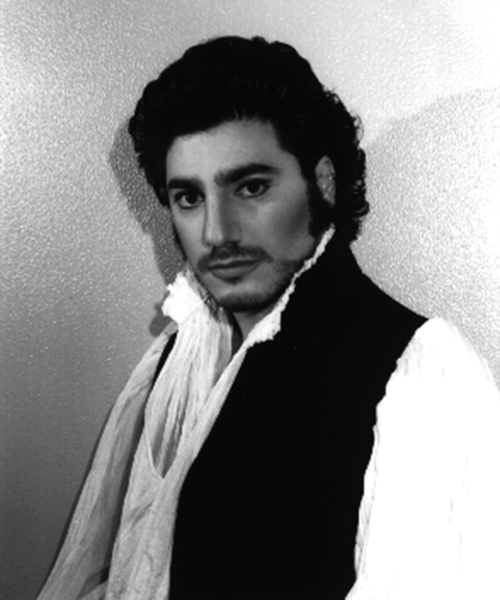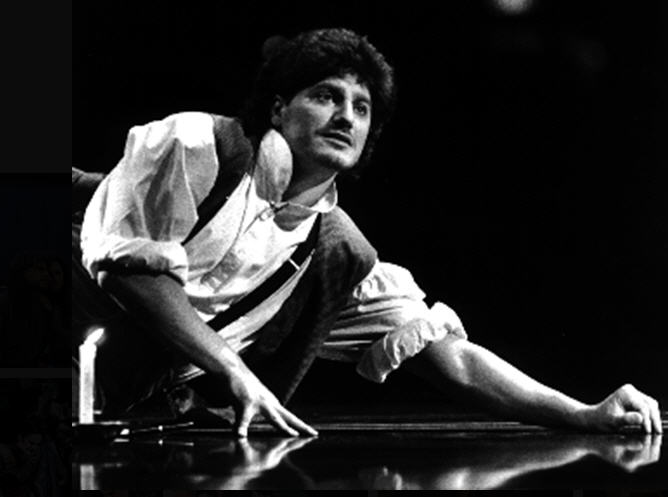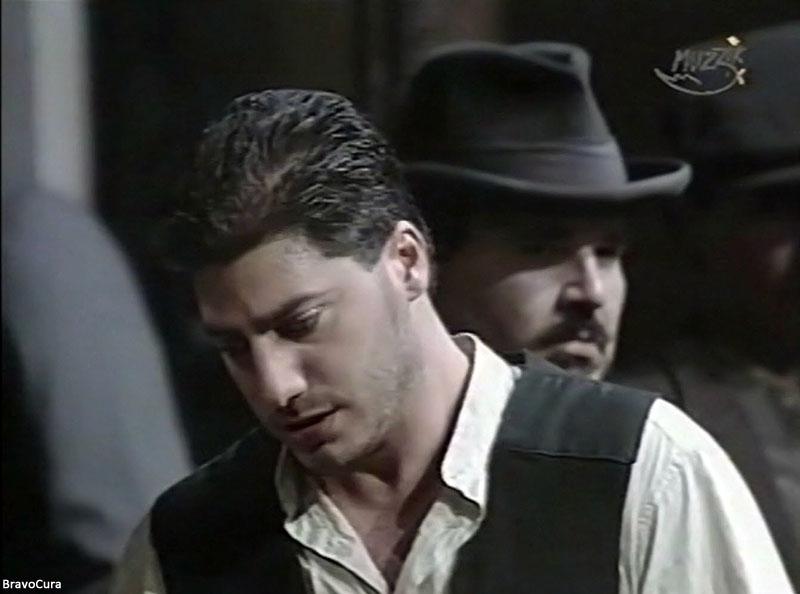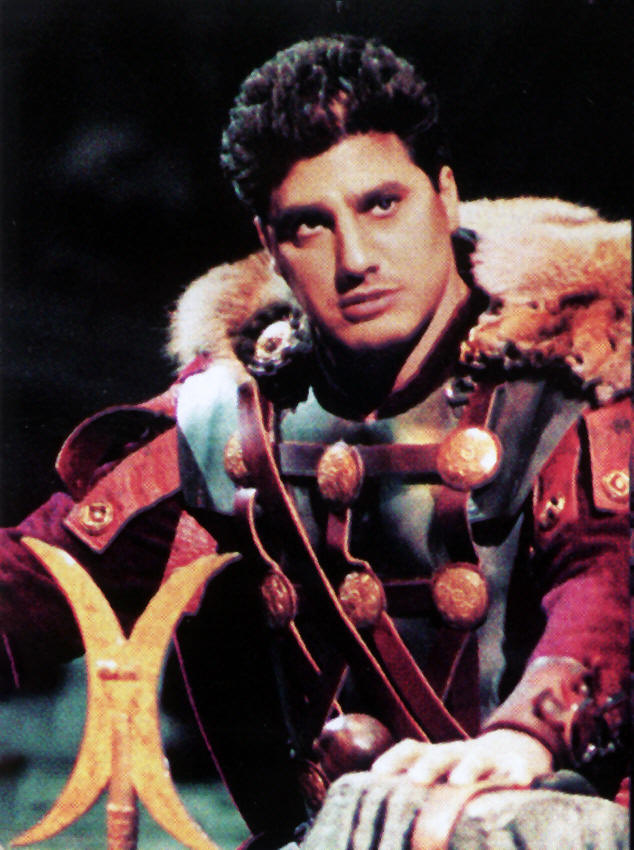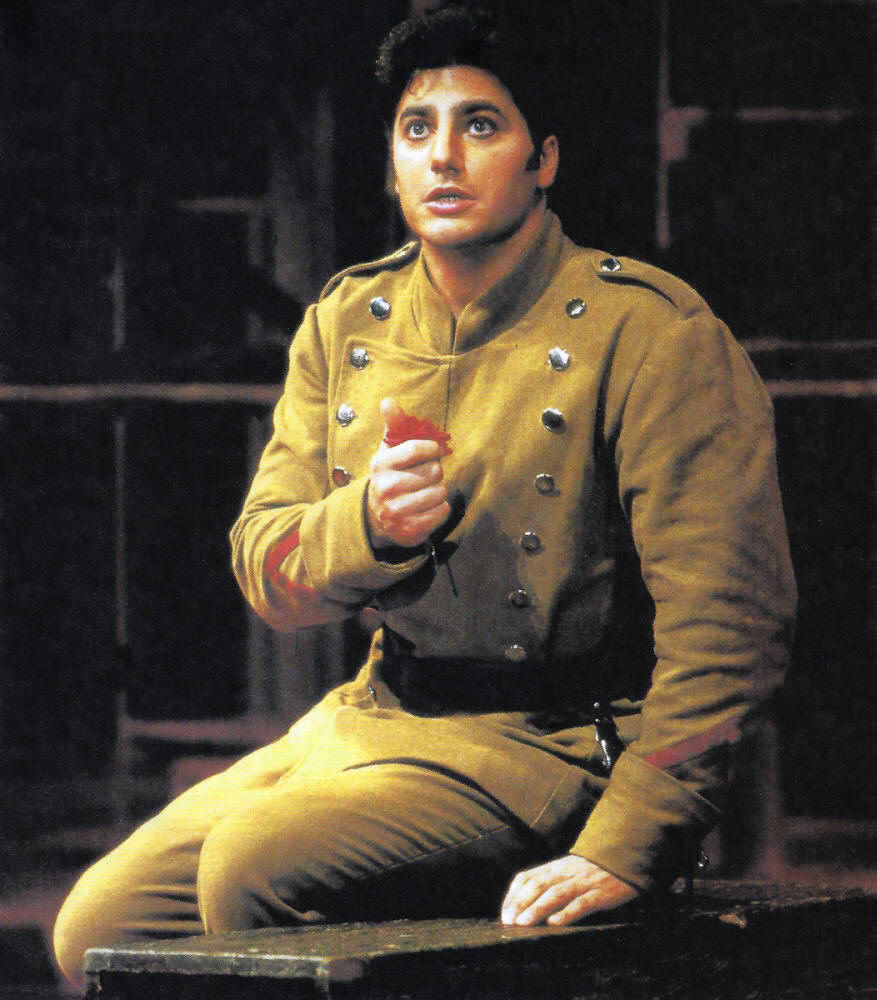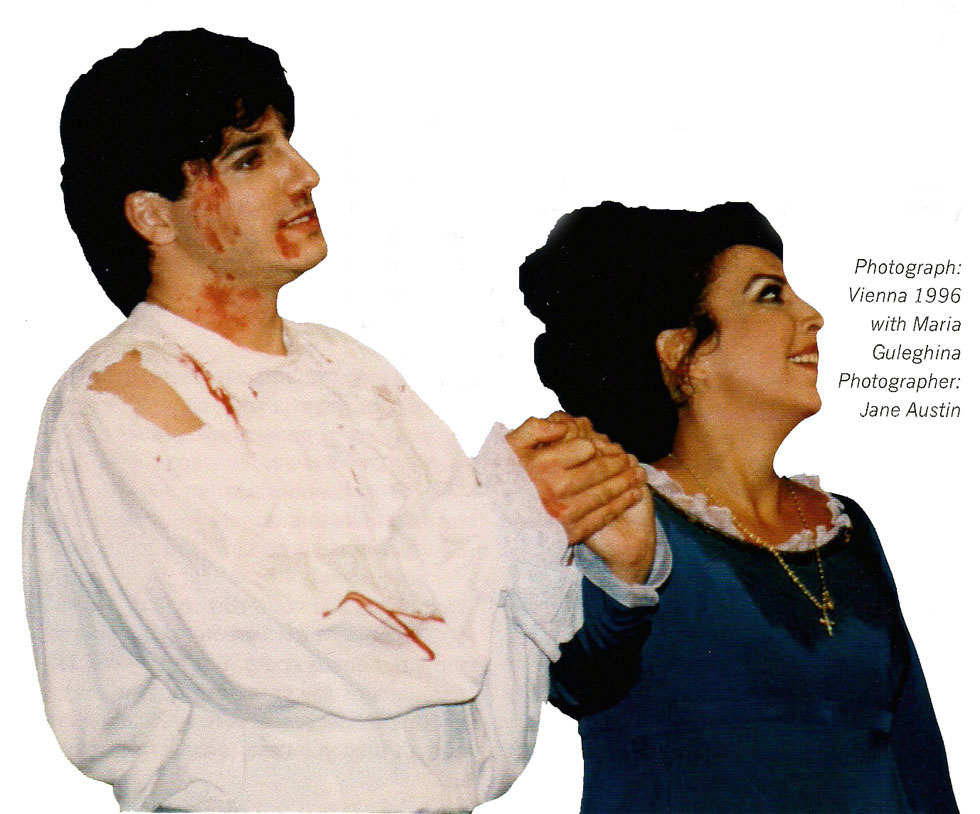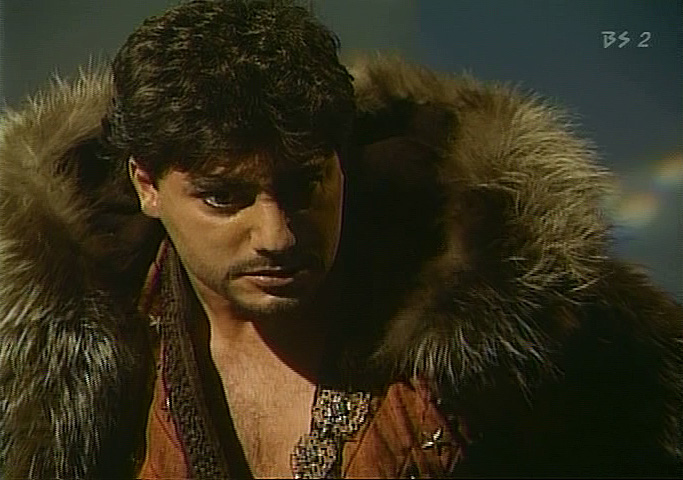Meteoric Rise: First Five Years of a Legendary Career
| A leap of faith and true belief in self fueled the journey from Argentina to Italy ... but it must have been difficult in those first few years, when opportunity was limited and surely questions about the future must have collided with the day-to-day need to survive. But Cura persevered and the rest, as we know, was operatic history. |
|
|
[The tenor, his wife Silvia and young son José Ben] settled initially in Verona, and Cura recalls that ‘it was very tough for the first two or three years. But that’s how it should be – you become more settled in your career if you do not get to the top immediately. It’s like being dropped on the tope of a mountain by a helicopter – if you don’t suffer the climb up, the first wind takes you out.’ At the beginning he sang in some quite obscure operas, not necessarily inspired by his interest in new music. ‘Well, I’m always looking for new things, but I can’t deny that I needed the work at the time. So the proposition of singing strange things was attractive both to the musician in me and the man who needed to pay the bills.’ He made his debut at the Teatro Nuovo in Verona on 1 February 1992, singing the Father in Henze’s children’s opera Pollicino. That year he also sang the comprimario parts of Remendado (Carmen) and Captain of the Crossbowmen (Simon Boccanegra) at Genoa’s Teatro Carlo Felice. Concerts and the small role of Mediano in the premiere of Paolo Arca’s Gattabianca in Verona saw him through until his first significant engagement, Jean in Bibalo’s Miss Julie at Trieste in April 1993. It earned him a first mention in OPERA: Giampaolo de Ferra praised his ‘faultless singing and acting’. Apart from fulfilling two more Trieste contracts, Sogno di un valzer (a.k.a. Ein Walzertraum) and Giuditta, Cura was set firmly on a path to the major houses. He made his debut at the Regio in Turin in 1993 (Albert Gregor in The Makropoulos Case), sang Ismaele (Nabucco) in Genoa in ’94 and appeared that summer as Roberto in Le Villi at Martina Franca. Meanwhile, he’d been back to Turin for a Forza Don Alvaro and to play Ruggero opposite Nelly Miricioiu in La Rondine, and he ended the year by returning to the New World; he was one of the prizewinners (alongside Brian Asawa) in Domingo’s Operalia competition in Mexico, made his American debut in a Lyric Opera of Chicago's Fedora, and shared the platform in a vocal concert back at the Teatro Colon in Buenos Aires. His London debut (1995) was in Stiffelio, and he has returned to Covent Garden for Samson et Dalila. (He played a part, too, in the now defunct Verdi Festival, singing in concert performances of the 1857 Simon Boccanegra and Il Corsaro, showing the best, serious side of his art.) Other important house-or role-debuts have included Cavaradossi at Torre del Lago and Ismaele at the Bastille (both 1995), Osaka in Iris in Rome (1996) and Enzo in La Gioconda at La Scala (1997). Opera, October 1999 |
|
"When I interpreted the role of the father in Pollicino the tenor Cura didn't actually exist, only the desperate foreigner who was trying to feed his family. My agent at the time told me that they were looking for a tenor for that part. He said that it had to be a tenor who was of heavy build to back up the fantasy that Pollicino was small and the person had to be a musician as well as a tenor because the part is very challenging musically. He offered me the role and I accepted it. This is how I made my debut as an opera singer." Arena di Verona
|
|
|
|
The Young Lion Opera News [Excerpts]
|
|
|
|
|
|
|||||||||
|
|||||||||||||
|
|

|
|
|
|
|
|
|
How did your career in music begin? That I don’t know and we cannot even ask my father who died about a year ago now. I remember he used to say to me ‘Ok you want to be a musician, well that’s fine … but what are you going to do for work?’ I do not recall many years of my life when I have not been on stage. I began when I was about 12 and that’s 33 years now so my memories of being on stage are more than my memories off. I sang only as an amateur – chorus singer, pop music, spirituals in octets, some jazz singing and other things like that. It was a way of expressing myself that I did in parallel to my studies at the Conservatoire in Buenos Aires and that was in composing and conducting. For some reason I don’t recall why that was my vocation; all I remember is when I was 15 I said to my father ‘I want to be a conductor’. Fate is what moves you to one thing or another and when I had almost finished my studies one of my teachers said to me that I had better start learning how to sing properly. I wondered why as I did not want to be a singer. He said that it is the same way that understanding all the instruments I could play, such as violin, flute and trombone, helps with being a good conductor so by studying singing I could become an even better one. So I started to learn proper singing and not just the ‘poppy’ singing I was doing and one thing lead to another and here I am. I wonder what made you move to Europe in 1991. For me I find everything comes because of some reason and at that time in Argentina we were at the end of a military dictatorship and it was the first years of the new democracy and to live in my country then was really an adventure. We had a child and I had four jobs and my wife had two jobs and even then we did not have enough money at the end of the each month. We took the risk and decided to go to Europe to see what might happen for me. If nothing happens then we could always come back. Of course we didn’t have the money to buy the tickets so we sold out little apartment and I remember that they gave me for it what I am now getting for one night’s fee as a first tenor – so life is funny in a way – but it was a very tiny apartment of course and not that my fee is so big! (Laughs) We came first to Verona and we’d met someone on the plane coming over who helped us so we started to pull a few strings, worked in restaurants and hospitals, managed to cope and eventually it happened for me. Seen and Heard, 2007 |
|
|
|
|
|
|
|
|
| "I moved from Argentina to Europe in 1991. I worked for two or three years in restaurants—my wife worked with me, washing dishes—and we did many things that a lot of people wouldn’t even think about doing. We had a very hard life. We lived in a garage for one year because we couldn’t pay the rent, and we heated the garage with a small fire, with me gathering wood in the middle of the night!" Classical Singer, January 06 |
|
|
| "No good careers are really sudden. It's two or three years since the world has known about Jose Cura, but there were another 20 (years) before that. I wasn't invented by the media or my record company. I'm the result of hard work and that makes me feel comfortable." October 1999, Opera |
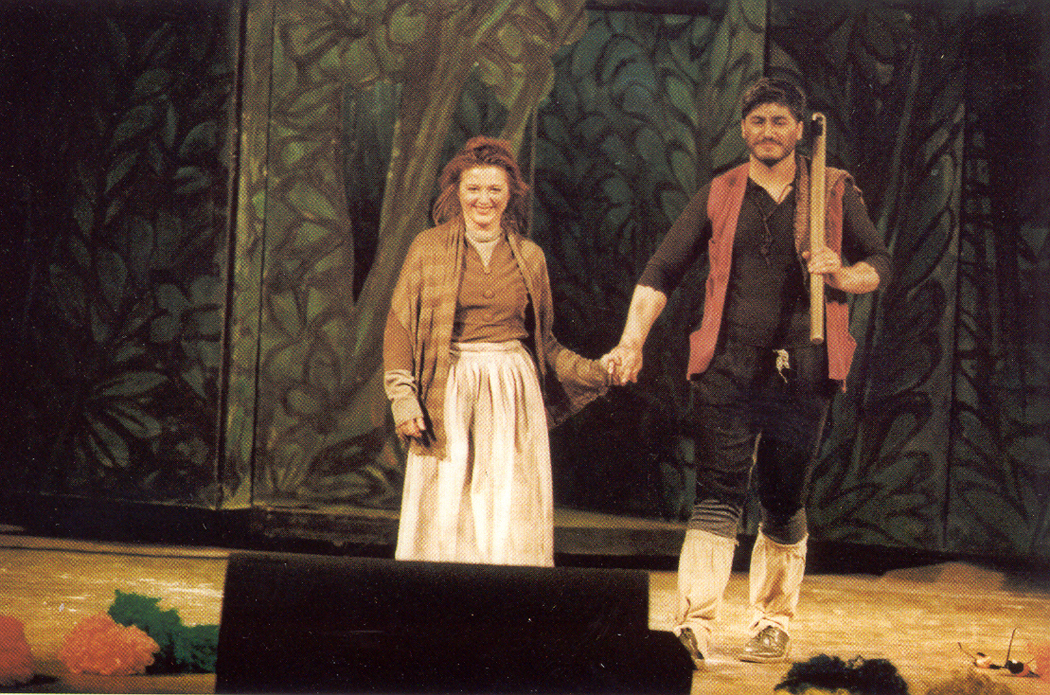
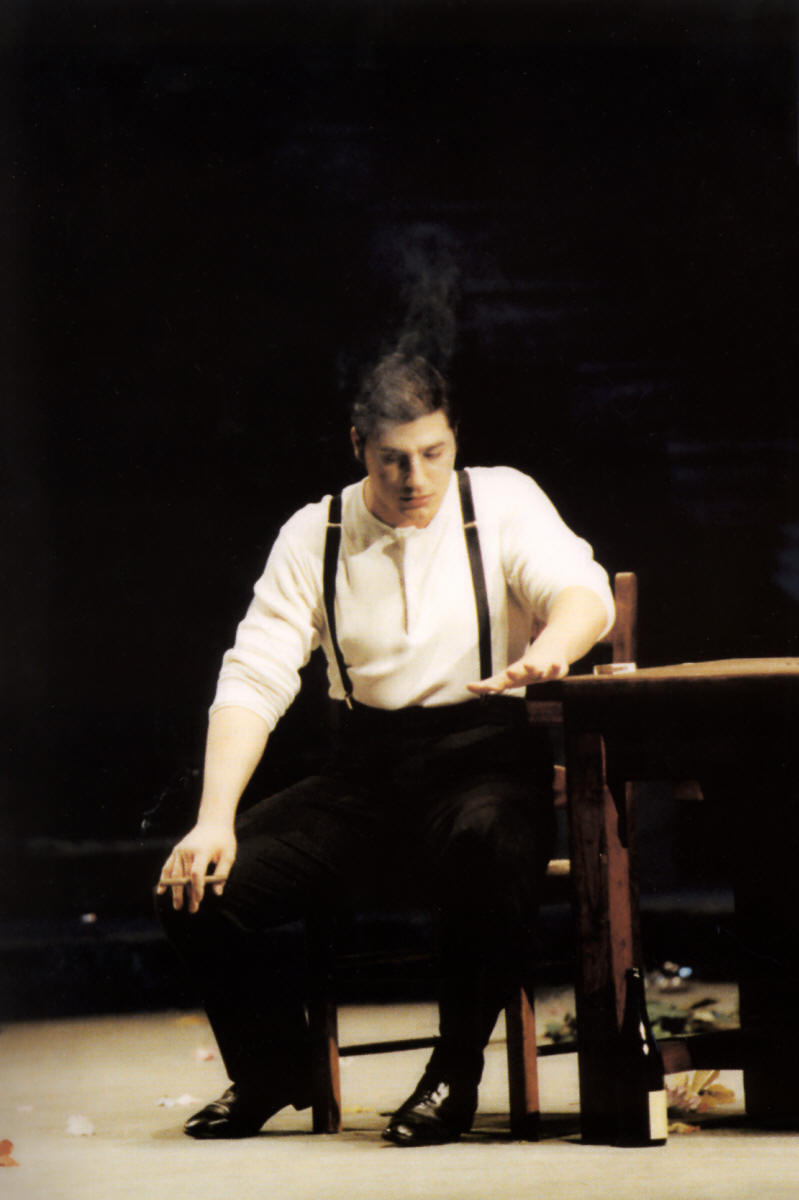
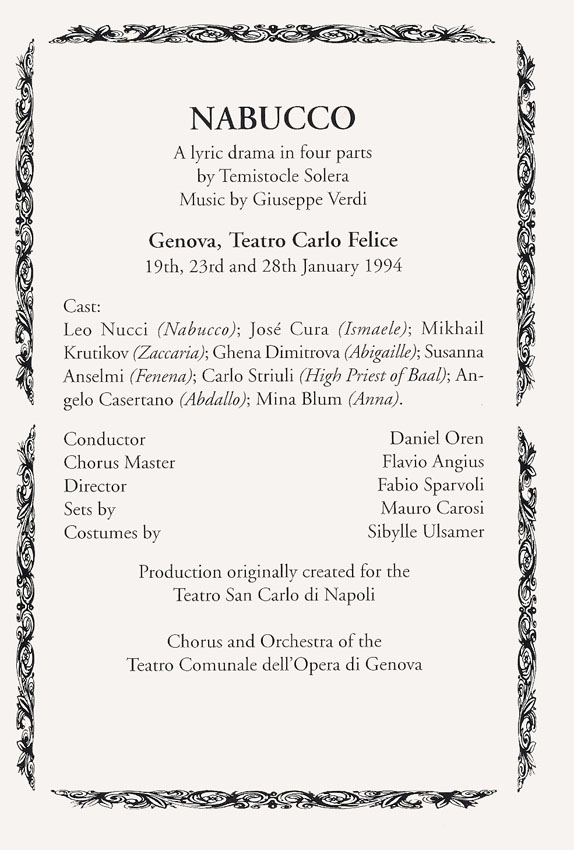
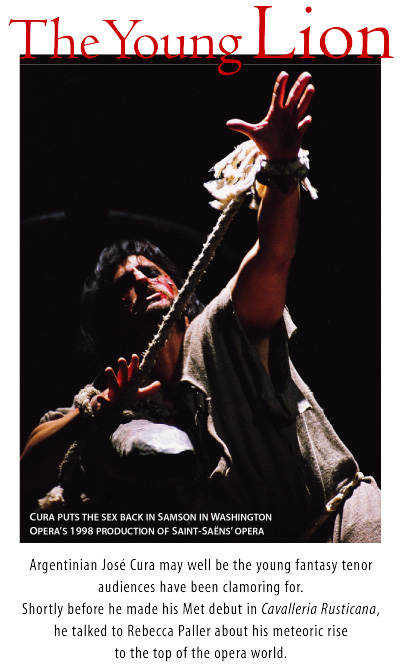
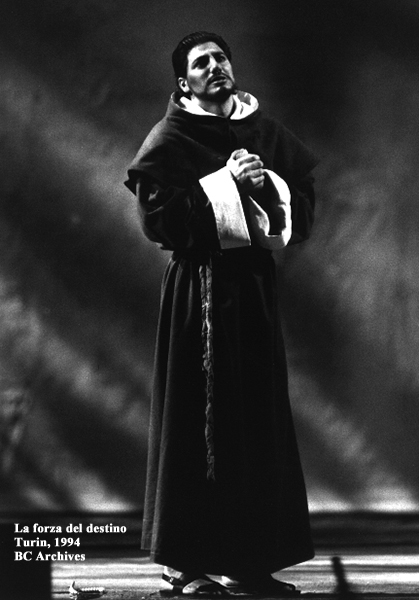
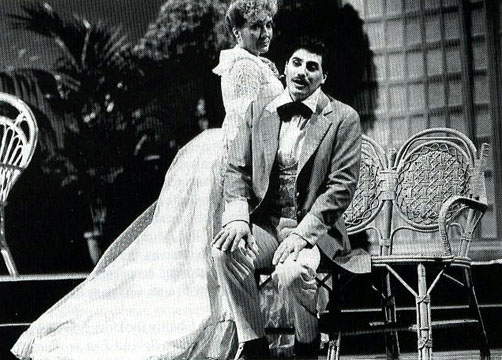
.jpg)
